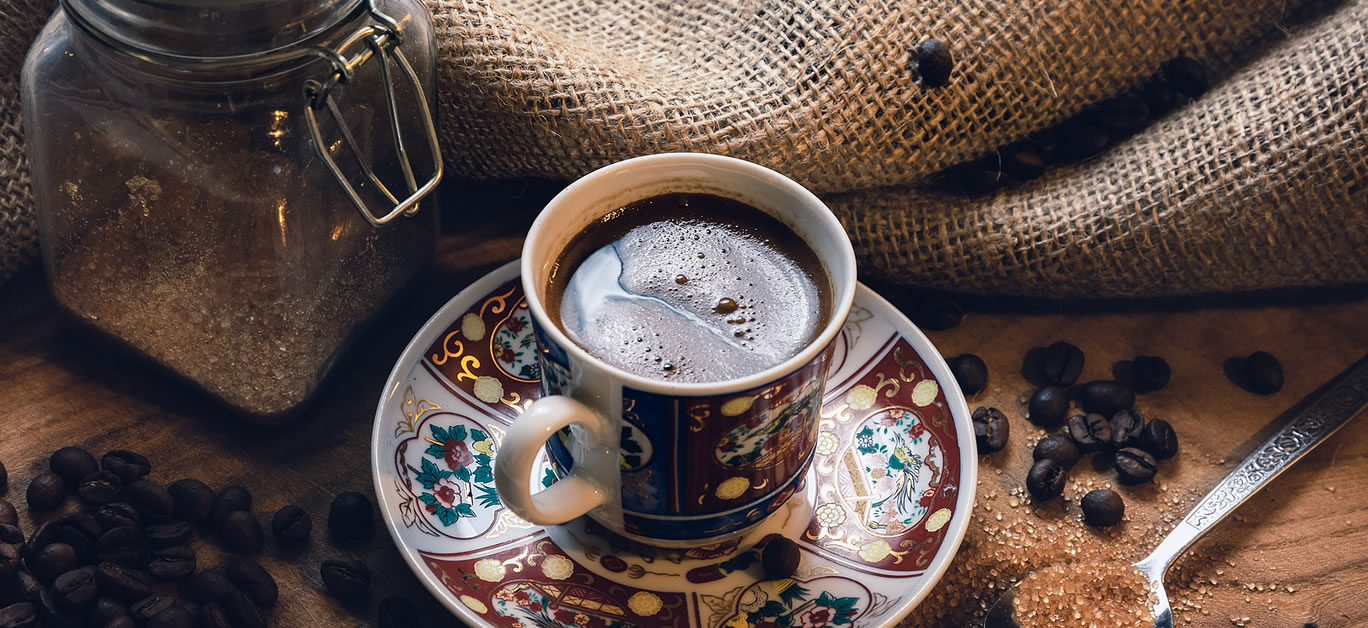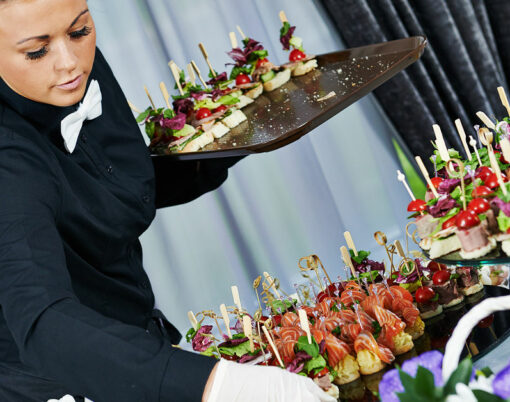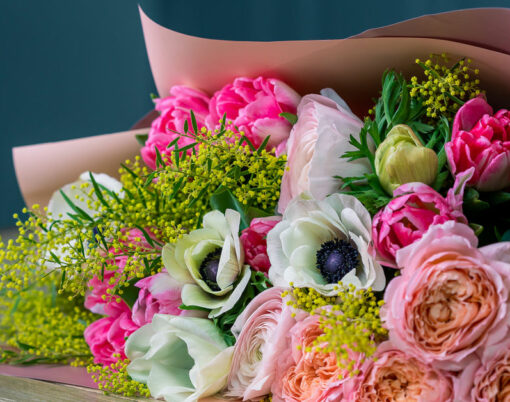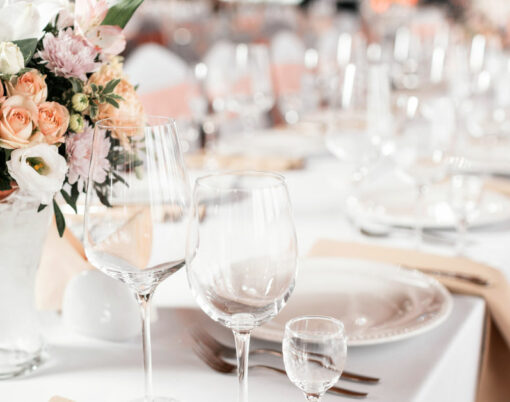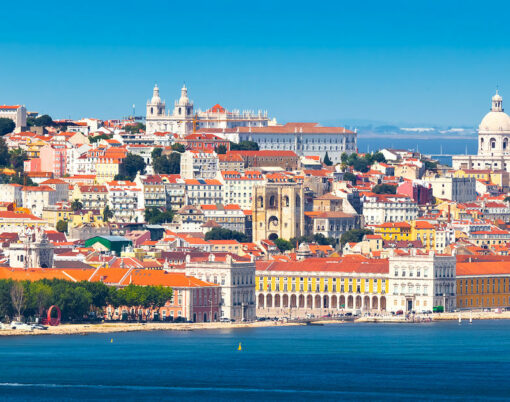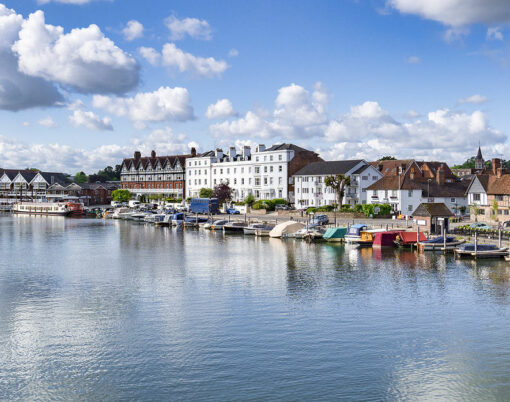Words by Krishnaraj Iyengar
Nature never fails to charm the senses. The deep sense of fulfilment, her symphony of flavours, scents and sights crescendos and inspires into a legato of luxury. Among mankind’s choice indulgences is flavour and fragrance. To feast your imagination on some upper-crust sensory sparkles, I bring you a variety of three unique experiences: tea, coffee and fragrance in their ultra-luxe avatars.
À la agar tea
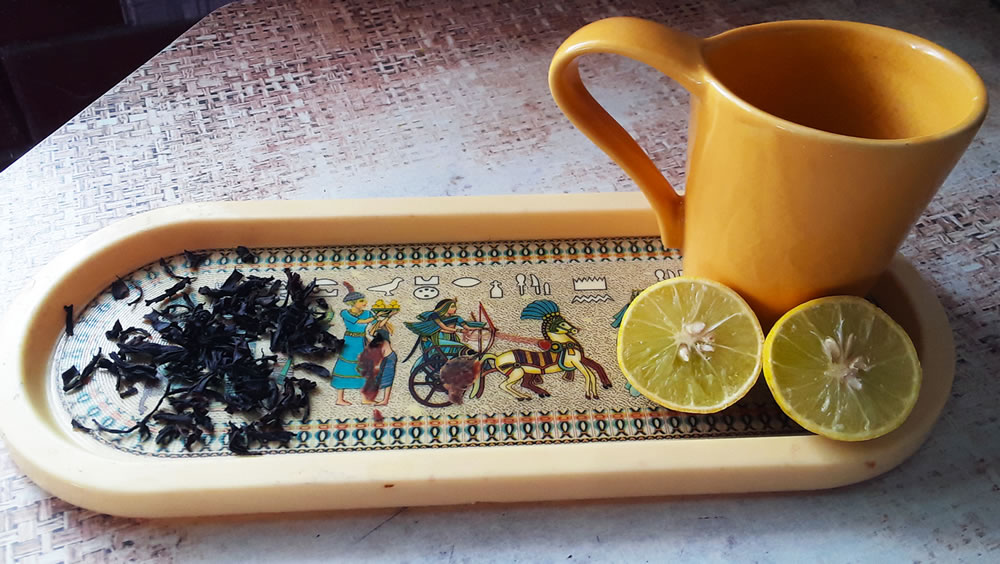
Tea is liquid elixir. It makes friends out of strangers, unites cultures and touches a unique chord across nationalities. In a market flooded with nourishing green, black and herbal teas and innovatively tantalising infusions, agar tea remains in a niche few, except aware and health-conscious millionaires, have deeply explored. In many Southeast Asian countries however, agar tea is near-to staple and is considered nature’s own liquid manna for health and longevity.
Derived from the leaves of the legendary Agarwood trees that yield oud, the world’s most sought-after perfumery ingredient, this varietal is now filling cups across cultures. In the eastern Indian state of Assam, the world’s agar capital, Tajul Islam Bakshi, acknowledged as one of the fragrance world’s foremost artisanal oud distillers, experiments with world-class agar tea at his verdant plantations in the heart of the picturesque Indian state. His eclectic, natural oud oils and incenses spread a spiritual sillage across continents.
“Globally, agar tea is an indulgence of the wealthy with a passion for wellbeing. It’s indeed a rare varietal. The leaves of the agarwood trees are cut into pieces, crushed with the ‘roll-on’ technique and then dried. Truly distinct from green and black teas and even tangy herbal infusions, here is a deeply soothing, age-old aromatic magic potion that refreshes both mind and body,” Mr. Bakshi explains.
He recommends boiling water, then adding it to a tablespoon of agar tea and allowing it to steep for a good fifteen minutes. Sans additions, especially milk, agar tea is best enjoyed with water alone. Each meditative sip is rich in alkaloids and flavonoids, blessed with anti-inflammatory, anti-arthritic and analgesic properties.
Oud offering scintillating scent’uality
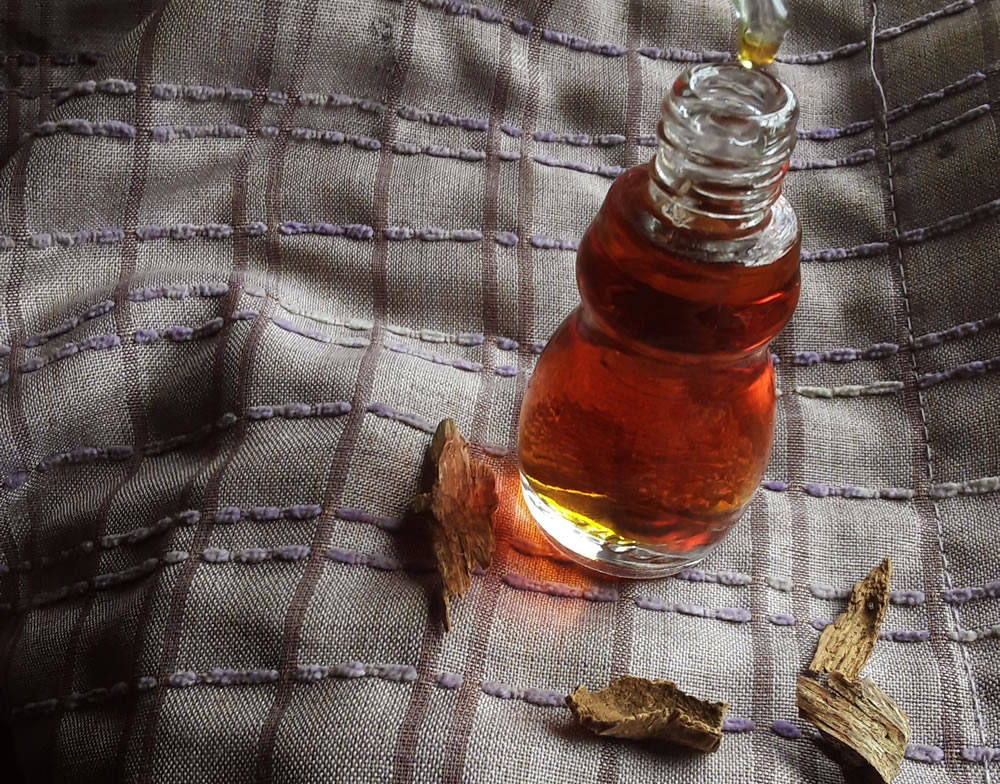
Oud or Agarwood is the among the world’s most exotic and sought-after natural perfumery materials. The peculiar animalic, leathery oil of the resinous hardwood from a certain infected south Asian tree has driven the Arabs to olfactive insanity!
Over the decades, ‘Ajmal’ has become a synonym for oud like ‘Steinway’ is for the piano. The Ajmals, masters of Arabian perfumery, have given the world some of the most memorable hallmarks of ‘Khaleeji’ or Gulf Arabic fragrance heritage, oud being the pivotal ingredient adding soul to scent. Each of their offerings are indeed, a global luxury fragrance icon.
Mukhallat Raashid marches into the olfactory arena with a chirpy, spicy, sunny saffron and accompanying effervescent and bright rosy floral accords. This quintessential Arabian perfume prelude is masterfully embellished by the ever-loyal comrade ‘Shamama’, a natural earthy Indian scent.
A mystical smokiness lingers on throughout the unfolding, like a traditional Arabian ‘Bakhoor’ incense in a corner kiosk of an old Arabian Souq, complementing the romance of its winding alleyways, kaleidoscopic mazes of colourful artifacts and the affable extroversion of gregarious locals.
Like a mouth-melting pastry in a quaint old-town Damascus cafe, a subtly gourmand, creamy, delicious saffron and gentle rose introduce Qiblatul Wafa. Then, enter leathery, animalic Indian oud! The master touch here is that despite oud being the heavyweight, the floral delicateness remains untouched. In fact, the floral-oud combination appears like a dainty maiden riding a sturdy steed.
This olfactory movie then unfolds into woody, muskier scenes and sequences that true-blue gilt-edged Arabian blends are loved for. Oud plays the grand finale in this gorgeous oriental fragrant symphony.
Third generation torchbearer of the House of Ajmal, Abdulla Ajmal passionately unveils oud’s secret seduction in his world-renowned collections. “Natural oud oil enhances and perfects a formulation according to a perfumer’s artistic conviction. While it is in itself a magnificent perfume, oud can even be layered with your favourite ‘go to frag’ “, he smiles.
In Ajmal’s high-end luxury Arabic perfume oils like Mukhallat Raashid and Qiblatul Wafa, he says, “oud offers astounding nuances of animalicity, woodiness, leatheriness, and even contributes to the floralness by enhancing the rose and saffron…. ah Masha Allah!”
Resin royalty
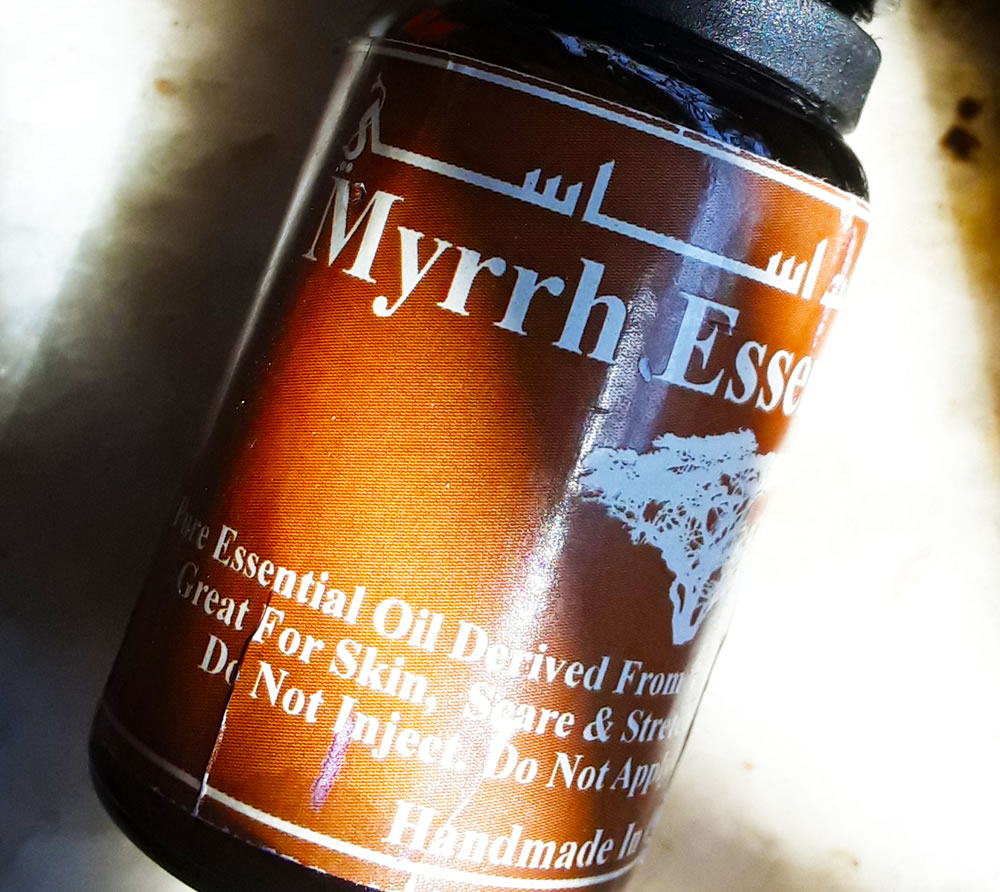
Resurrecting Biblical aromatic solace in the surreal Omani haven of Dhofar is the affable Jefri Jamil of J’s Frankincense and Myrrh. A recognised master of both magical resins, two of the three gifts to the new-born Jesus by the three wise men, he perfumes the palaces of Sultans and Sheikhs with the legendary ‘Lubaan Ad-Dakar’, Arabic for traditional Omani frankincense with its warm, citrus, aromatic ‘Howjari’ varieties.
What’s more fascinating is that Jamil is one of the most renowned sources of authentic Yemeni and Omani Myrrh. Woody, earthy, rich and resinous, a few pieces on charcoal create a luxuriously spiritual vibe, as does his rarer than a once in a century supermoon, Myrrh Essential Oil, even one tola (around 12 ml) of which, the Khaleeji who’s who would die to own.
Coffee capers
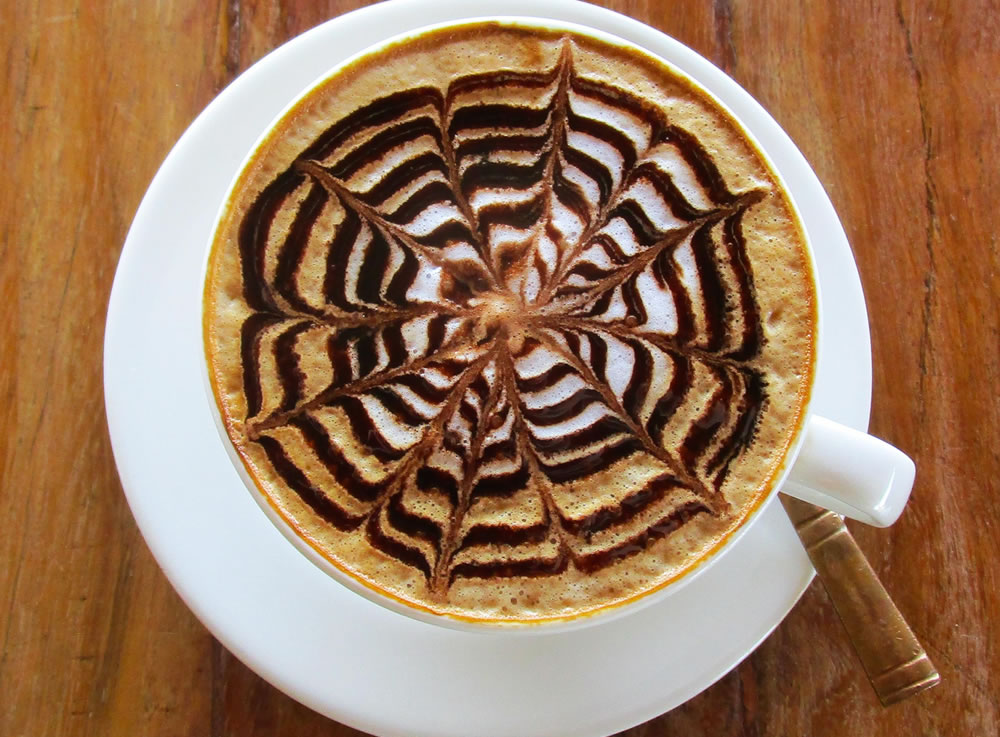
Coorg, southern India’s fairy-tale wonderland is aptly deemed ‘Scotland of the East’. Here, the 100-plus years old House of Ramapuram is a haven for coffee aficionados from the world over. A leisurely stroll through their sprawling coffee plantations is pure meditation as you watch the rhythmic plucking of the tiny reddish beans on their way to the processing unit where there are dried and pulped. At the end of the refreshing tour, one can clink goblets to rejuvenating homemade coffee liqueur personally prepared by the chairman’s wife herself.
En fin, a fascinating coffee tasting session enlivens the evening at the plush Evolve Back Coffee Museum. An expert-guided degustation of diverse preparations is a journey from Tuscany’s Tyrrhenian shores to the rugged Moroccan Sahara to the temple towns of southern India, leaving mixed international audiences spellbound.
The first serving is of course espresso, Italian for ‘pressed coffee’. Bitter, heady, smoky; molto Italiano! Next, the international favourite cappuccino. Deriving its name from the light brown colour of the Franciscan ‘Capuchin’ Friars’ robes, cappuccino is espresso with cold milk boiled and frothed with fancy designs on the surface.
Moroccan coffee from the mint tea land is a rare treat – ‘café noir’ (black coffee), a masculine drink and ‘nous nous’ (‘half-half’ in Arabic), literally half espresso and half milk. A break from the hardcore is the soothing Vietnamese iced coffee prepared with a percolator. The natural sweetness from the condensed milk is just the right summer solace.
French press is for the no nonsense black coffee junkies with 35% Robusta and 65% Arabica and finally, the grand old, homely South Indian filter coffee. With a considerable chicory content, filter coffee is served in a special container that holds the tiny tumbler (mug) to cool it quicker and to add more froth when acrobatically poured from a height – wow!












